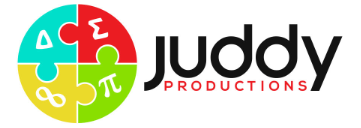Practical investigation
A student-designed practical investigation related to waves, fields or motion is undertaken either in Unit 3 or Unit 4, or across both Units 3 and 4. The investigation relates to knowledge and skills developed across Units 3 and 4 and is undertaken by the student through practical work.
The investigation requires the student to develop a question, formulate a hypothesis and plan a course of action to answer the question and that complies with safety and ethical guidelines. Students then undertake an experiment that involves the collection of primary quantitative data, analyse and evaluate the data, identify limitations of data and methods, link experimental results to science ideas, reach a conclusion in response to the question and suggest further investigations that may be undertaken. The student is expected to design and undertake an investigation involving two continuous independent variables. Results are communicated in a scientific poster format. A practical logbook must be maintained by the student for record, authentication and assessment purposes.
On completion of this unit the student should be able to design and undertake a practical investigation related to waves or fields or motion, and present methodologies, findings and conclusions in a scientific poster.
Key knowledge
- independent, dependent and controlled variables
- the physics concepts specific to the investigation and their significance, including definitions of key terms, and physics representations
- the characteristics of scientific research methodologies and techniques of primary qualitative and quantitative data collection relevant to the selected investigation, including experiments (gravity, magnetism, electricity, Newton’s laws of motion, waves) and/or the construction and evaluation of a device; precision, accuracy, reliability and validity of data; and the identification of, and distinction between, uncertainty and error
- identification and application of relevant health and safety guidelines
- methods of organising, analysing and evaluating primary data to identify patterns and relationships including sources of uncertainty and error, and limitations of data and methodologies
- models and theories, and their use in organising and understanding observed phenomena and physics concepts including their limitations
- the nature of evidence that supports or refutes a hypothesis, model or theory
- the key findings of the selected investigation and their relationship to concepts associated with waves, fields and/or motion
- the conventions of scientific report writing and scientific poster presentation, including physics terminology and representations, symbols, equations and formulas, units of measurement, significant figures, standard abbreviations and acknowledgment of references.
(Source: vcaa.vic.edu.au)
